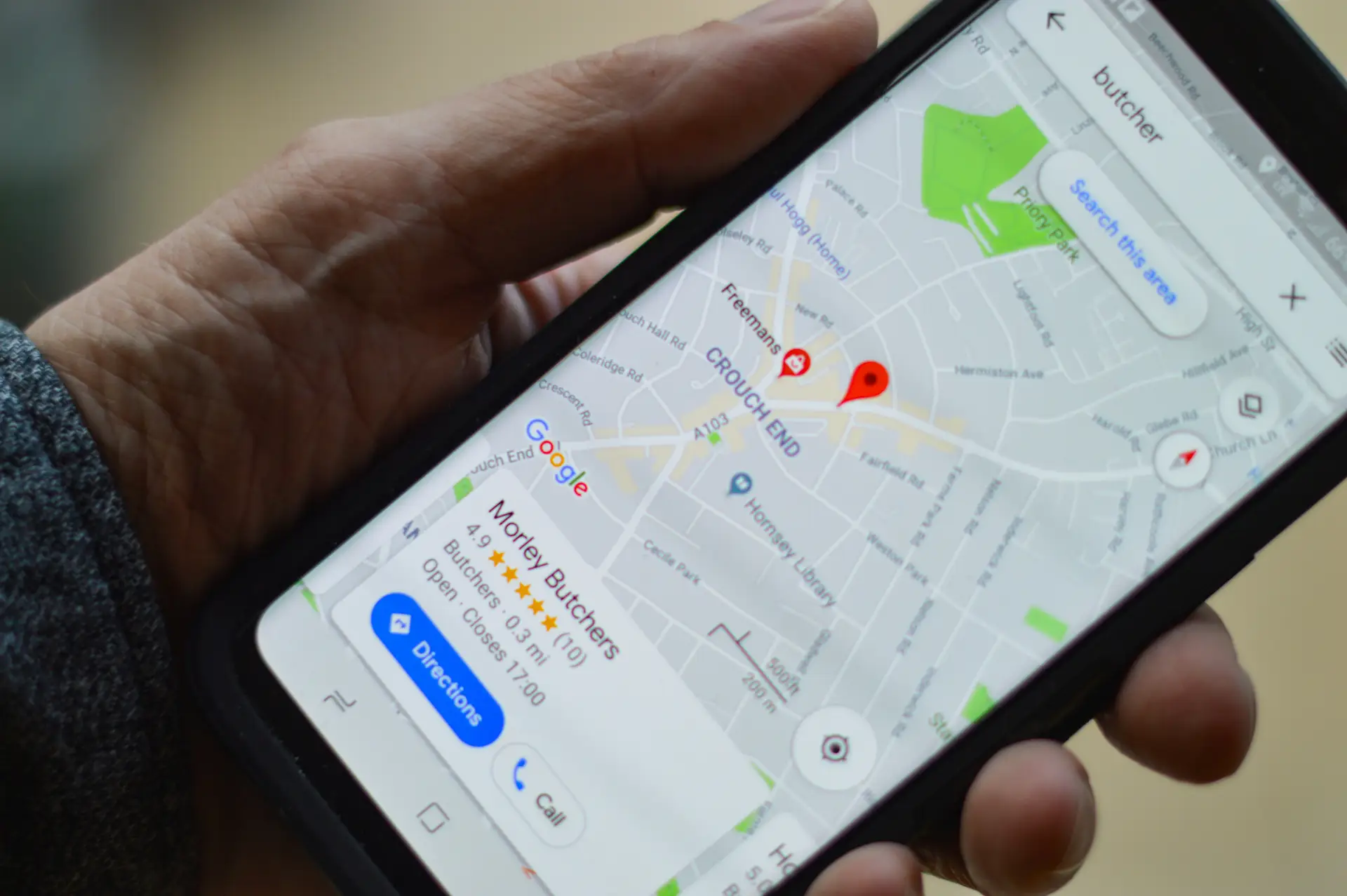The Emergence of Influencer Collaborations as the Next Horizon in Advertising
The Transformation of Advertising in the Digital Age
In today's fast-paced digital landscape, advertising has witnessed a radical transformation. Traditional methods, once the gold standard for reaching consumers, often fall short in engaging younger, digitally savvy audiences. As such, businesses are searching for innovative strategies to captivate consumer attention amidst an overwhelming amount of content. Enter influencer marketing—a burgeoning realm that capitalizes on the authenticity and engagement influencers foster within their communities.
Influencer marketing goes beyond mere advertisements; it encapsulates a new approach where brands collaborate with individuals who have established credibility and trust within specific niches. This article delves into the significance of influencer collaborations and their pivotal role in modern advertising strategies. Influencer collaborations are reshaping the landscape of advertising by fostering authentic connections, leveraging niche markets, and driving consumer engagement.
Understanding Influencer Collaborations
Defining Influencer Collaborations
Influencer collaborations are partnerships between brands and influencers—individuals who possess social influence within a targeted demographic. These influencers can range from mega-celebrities with millions of followers to micro-influencers who have smaller, but highly engaged audiences. Their role in advertising extends beyond being a promotional voice; they act as brand ambassadors, narrative weavers, and community leaders.
Collaboration formats are diverse, enabling brands to tailor their approaches to fit specific objectives. These may include sponsored posts on social media platforms, product placements in popular blogs or YouTube videos, and even longer-term partnerships where influencers actively incorporate brands into their daily narratives. The versatility in these collaborations allows brands to reach consumers in a more nuanced manner—integrating products into relatable content rather than simply interrupting their viewing experience.

The Evolution of Influencer Marketing
The trajectory of influencer marketing can be traced historically from traditional celebrity endorsements, which dominated the airwaves in the 20th century. Brands relied on popular figures to promote products within a framework characterized by a one-way communication channel: the celebrity elevated the product's prestige, and consumers were expected to buy into the hype.
However, the rise of social media platforms marked a significant shift. The emergence of YouTube, Instagram, TikTok, and other visually driven platforms nurtured a new breed of influencers. Micro-influencers—those with follower counts ranging from 1,000 to 100,000—began thriving, offering niche-market engagement at a fraction of the cost of celebrity endorsements. With the growth of these platforms, influencer marketing has seen exponential growth, leveraging the connectivity and authenticity that social media provides.
The Advantages of Influencer Collaborations in Advertising
Fostering Authenticity and Trust
One of the most compelling advantages of influencer collaborations is the authenticity they bring to advertising. In an age where consumers are increasingly skeptical of conventional advertisements, influencers bridge the gap between brands and audiences. Their followers often see them as relatable figures rather than polished corporate spokespersons. This perceived authenticity fosters trust, a crucial component in the decision-making process for many consumers.
The value of genuine connections cannot be overstated. When influencers endorse a product, it typically feels less like a sales pitch and more like a recommendation from a friend. According to studies, consumers are more likely to trust personal recommendations over traditional ads, emphasizing the need for brands to adapt their strategies to include influencer partnerships. By leveraging influencers’ established relationships with their audiences, brands can cultivate a deeper sense of loyalty, driving both consumer engagement and sales.
The Future of Advertising with Influencer Collaborations
As the advertising landscape continues to evolve, the embrace of influencer collaborations signifies a shift toward more authentic, engaging, and targeted marketing strategies. By harnessing the power of influencers, brands are more than merely advertising to consumers; they are inviting them into a community where trust and engagement reign supreme. In this increasingly digital age, it is clear that influencer collaborations are not just a passing trend—they represent the future of advertising, one that prioritizes authentic connections and meaningful interactions.
The next frontier in advertising is here, and it is powered by influencers who create, engage, and lead conversations that matter to consumers. As businesses navigate these waters, those who embrace this transformative approach will likely find themselves at the forefront of the changing advertising paradigm.










